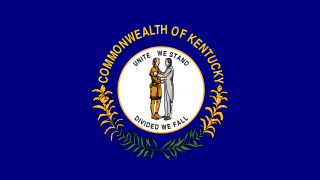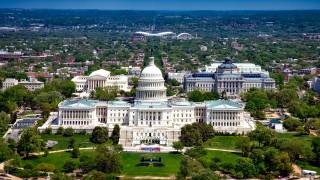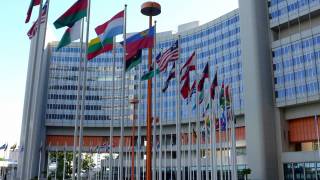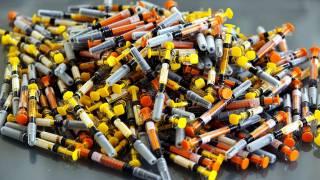Will the Shingrix Shingles Vaccine Shortage End in 2018?
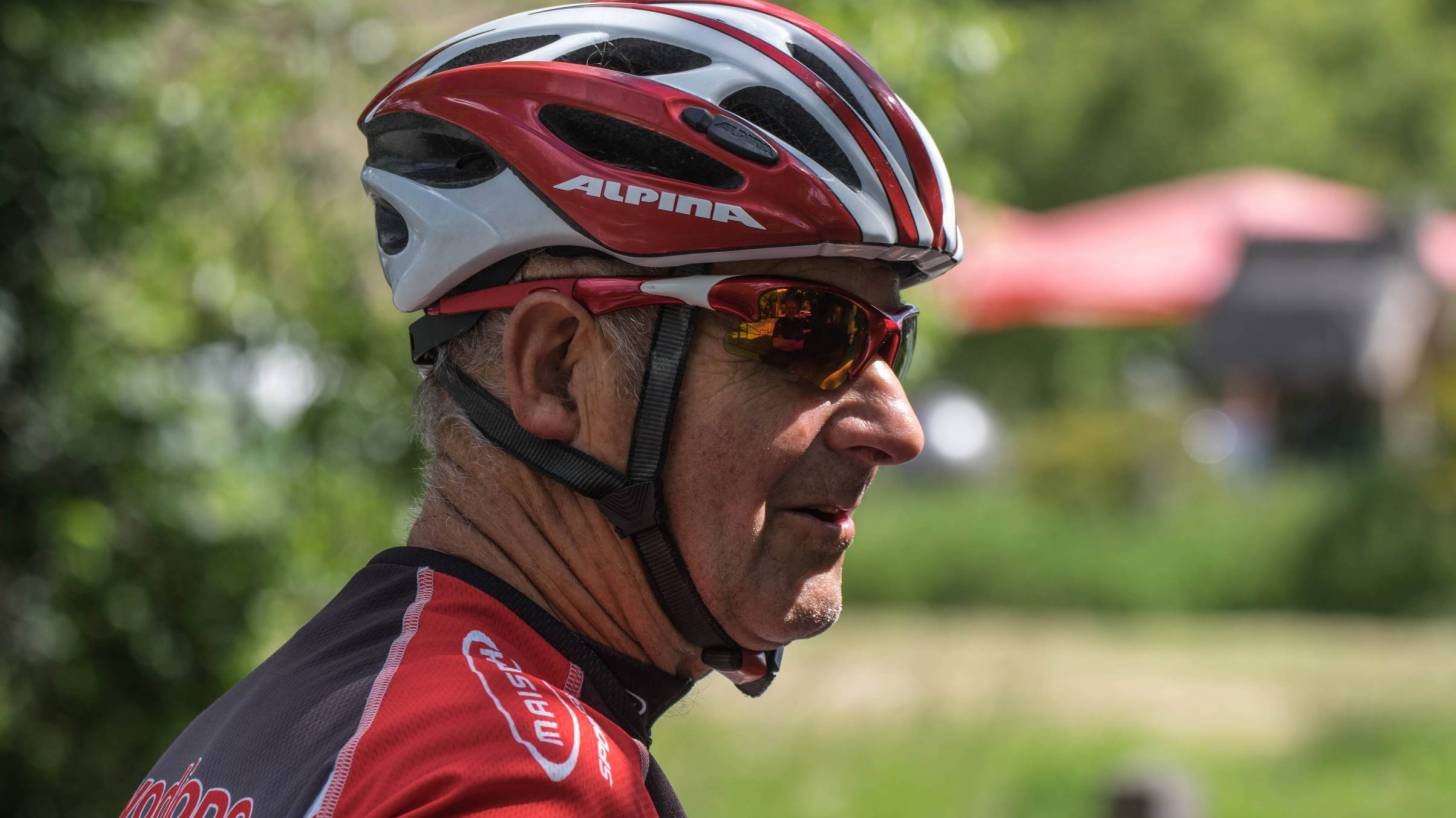
Is there enough Shingrix vaccine inventory available to meet demand from seniors in the USA?
That’s the question many people over 50 years of age are asking across Facebook and Twitter since various pharmacies said they are now ‘backordered’ for Shingrix.
Since Shingrix became the preferred herpes zoster preventive vaccine in late 2017, consumer demand has overwhelmed GSK, the manufacturer.
And the consumer demand for Shingrix appears to be significant with 38 percent of seniors now aware of a shingles vaccine.
Anyone who has recovered from chickenpox may develop shingles, which means even children can get shingles.
Almost 33 percent of the people in the United States will develop shingles in their lifetime.
There is good news announced by the Centers for Disease Control and Prevention (CDC) on June 8, 2018. The message reads as follows:
“Due to high levels of demand for GSK’s Shingrix vaccine, GSK has implemented order limits and providers have experienced shipping delays. It is anticipated these order limits and shipping delays will continue throughout 2018.”
In response, GSK announced "it has increased the US supply available for 2018 and plans to release doses to all customer types on a consistent and predictable schedule for the rest of 2018. Overall, the supply of Shingrix during 2018 is sufficient to support the vaccination of more patients during 2018 than were vaccinated against shingles during 2017.”
According to Facebook and Twitter comments, this GSK response is somewhat confusing to anyone who is searching for a pharmacy with the Shingrix vaccine in stock.
Adding to the consumer confusion, certain states have laws restricting which person can administer a vaccine in a pharmacy.
“Shingrix is a two-dose vaccine series. Currently, some patients and health care providers are hesitant to start the series due to concerns about not being able to complete the series because of the vaccine shortage. The ACIP recommends that the second dose of Shingrix is to be given 2-6 months after the first dose,” says Natasha Gildersleeve, PharmD Clinical Pharmacist MTM and Immunization Specialist for Brookshire Grocery Company.
“The vaccine supply is likely to be restored within the next few months. Furthermore, there is no recommendation to restart the series if the second dose is not given within 6 months.”
“Ask your local pharmacy to notify you when the vaccine becomes available in your area,” Gildersleeve said.
Since many pharmacies offer vaccination appointment services, anyone can submit an online appointment request.
To schedule a vaccination appointment at a pharmacy, please visit this page.
Shingles is caused by the varicella-zoster virus (VZV), the same virus that causes chickenpox. After a person recovers from chickenpox, the virus stays inactive in the body, says the CDC.
Scientists aren’t sure why the virus reactivates years later, causing shingles.
Shingrix is the first shingles vaccine to combine a non-live antigen with a specifically designed adjuvant, which is a substance that helps your body better respond to the vaccine.
Unlike many vaccines made from a weakened form of a virus, Shingrix is made from just a single protein known as glycoprotein E, that comes from the outer shell of the herpes zoster virus.
Before Shingrix was approved by the Food and Drug Administration during October 2017, there was only one approved shingles vaccine, Zostavax from Merck.
Zostavax is still available in the USA.
The CDC publishes a Vaccine Price List of current vaccine information.
And, vaccine discounts can be found here.
Vaccines, like any medicine, can have side effects, says the CDC. You are encouraged to report negative side effects of vaccines to the FDA or CDC.
Our Trust Standards: Medical Advisory Committee










